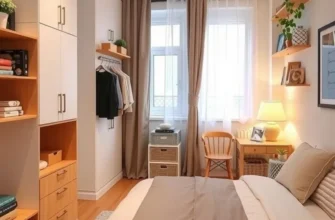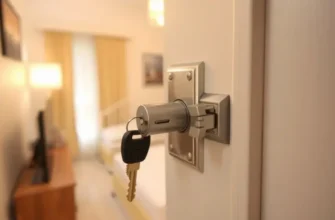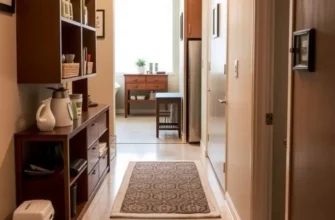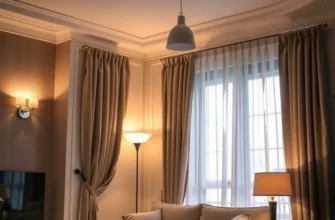Living in an apartment comes with unique challenges, one of the most persistent being noise. From neighbors hosting late-night gatherings to the unpredictable sounds of city life, noise can significantly impact your comfort and tranquility. For renters prioritizing safety, security, and hassle-free maintenance, it’s vital to employ strategies that ensure a peaceful living space. Knowing how to manage noise in your apartment effectively can help you create a restful haven even in bustling urban environments. This guide provides renters with comprehensive techniques and actionable steps to minimize noise disturbances. By embracing a proactive approach, you can enjoy a serene atmosphere and focus on making your apartment a true home.
Understanding Noise in Apartments
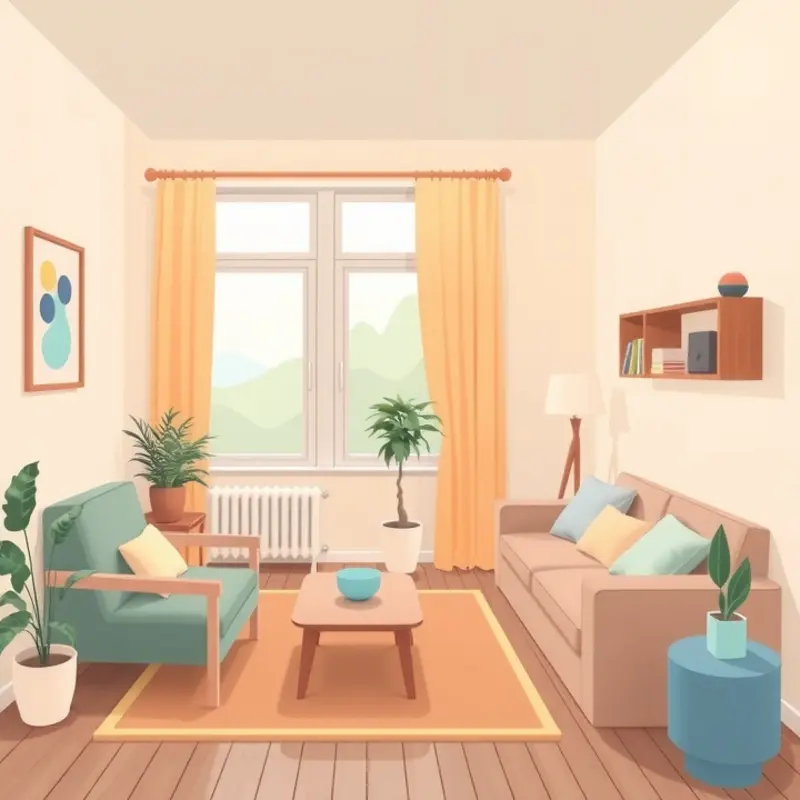
Living in an apartment means coexisting with a variety of noise sources, not all of which are immediately evident. One of the most ubiquitous sources is neighbor noise. Thin walls can make sounds from adjacent units particularly noticeable. Conversations, footsteps, or late-night TV marathons can cascade into your space. While at first, these may seem like minor annoyances, constant exposure can lead to increased stress and disrupted sleep patterns.
Another common source of apartment noise is external environment sounds. Apartments located near busy streets or construction zones often deal with traffic noise or the din of machinery. Airplane routes or train lines can also contribute to persistent low-frequency noise, adding to the background chorus of urban life. This can significantly impact one’s ability to focus, especially for those working from home.
Apartment amenities themselves can be culprits. Elevators, garbage chutes, or shared facilities like gyms generate mechanical sounds that can be disruptive. The sound of weights dropping in an upstairs gym, or the mechanical hum of an elevator next door, can be particularly bothersome at odd hours. Even the seemingly benign hum of communal HVAC systems might contribute to an ever-present low-level noise.
Understanding these noise origins can help you strategize effectively for noise safety at home. Recognizing the difference between transient noise (like the occasional passing truck) versus persistent sounds (such as continuous HVAC hum) is crucial. Strategies for managing them differ; transient noises might be managed with temporary measures like earplugs, whereas persistent noises often require more permanent solutions such as soundproofing or rearranging your living space.
Moreover, proactively understanding noise levels can aid in negotiations with landlords or building management to implement noise-reducing measures. When noise becomes a significant interference, it’s not just about comfort but a question of tenant rights. Law often supports tenants in seeking reasonable levels of peace and quiet, making it worthy of discussion with property managers.
To prioritize noise safety, consider customizing your space with sound-absorbing materials. Heavy curtains, plush rugs, or even filled bookshelves can dampen noise effectively. For more creative solutions, check how you might employ DIY renter-safe coat hooks and other fixtures to integrate functionality while reducing echoes and vibrations.
Online communities and resources often provide reviews and insights into apartment noise levels, especially relevant when selecting a new apartment. Equip yourself with this information to make informed decisions about potential homes, considering proximity to noise sources and apartment layout.
By gaining a deeper understanding of the many facets of apartment noise, you can take pragmatic steps towards achieving a quieter home environment. This knowledge empowers you to create a sanctuary from urban clamor, enhancing your well-being and peace of mind.
Practical Solutions for Reducing Noise
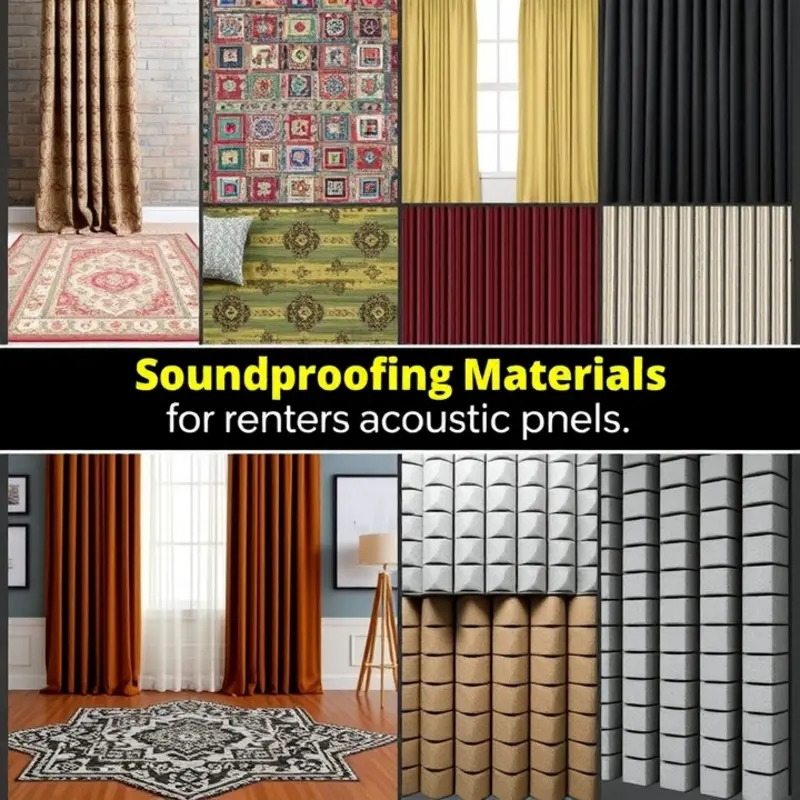
Achieving a peaceful home environment involves addressing the noise disturbances commonly experienced in apartment settings. Soundproofing your living space can be a game-changer. Start by investing in thick curtains or thermal shades. They not only block out light but also absorb sound. Consider installing weather stripping around windows and doors to seal gaps where sound might penetrate.
Another effective measure is utilizing furniture strategically. Bookshelves filled with books or heavy curtains can act as barriers to sound, reducing noise transmission between rooms without requiring structural changes. Placing a bookshelf against a shared wall can block and diffuse noise coming from neighboring apartments.
Area rugs or carpet can have a significant impact in reducing noise. Hard floors tend to echo sounds, so covering them with sound-absorbing materials like thick rugs or carpets can enhance the acoustic quality of your space while adding a cozy touch. Underlay pads can further intensify this effect. Choose dense, plush materials for optimal noise dampening.
For more comprehensive soundproofing, consider acoustic panels. These can be discrete and stylish additions to your decor while effectively reducing noise levels. They can be mounted on walls or ceilings, offering versatility in how they’re incorporated into your existing setup.
Community etiquette plays an important role in managing noise. Open communication with your neighbors about noise expectations and any upcoming events can go a long way in maintaining harmony. Try arranging designated quiet hours in consideration of different schedules and preferences. Creating a network of open communication within your building can foster a mutual understanding that benefits everyone.
If you have the flexibility to take on a DIY project or negotiate with your landlord, soundproofing doors can be a worthwhile investment. Solid-core doors are preferable over hollow ones for their sound-absorbing properties. Adding a door sweep can prevent noise from traveling through the gap beneath doors. Ensure your efforts can revert if you’re renting, to maintain compliance with lease agreements.
For those interested in more versatile solutions, check out our suggestions for incorporating functional decor without sacrificing aesthetics. Making small adjustments to your interior design can drastically minimize noise disturbances, creating a sanctuary of calm amid city life.
Moving beyond individual action, consider suggesting building-wide solutions. Discuss with your property management about implementing noise-reducing measures, like carpeted hallways or noise-insulating materials when renovations occur. Collective advocacy can support the pursuit of a quieter living environment beneficial for all residents, enhancing overall building quality.
To sum up, mastering noise safety in apartments requires a combination of soundproofing strategies, furniture placement, and community engagement. These efforts, both personal and communal, contribute to fostering a harmonious and peaceful living space for everyone involved.
Final words
Noisy living conditions can be a serious challenge for apartment dwellers, but knowing how to combat it can drastically improve your quality of life. By understanding the possible noise sources and implementing effective strategies tailored to your apartment, you can create a quiet, secure haven. Remember, a peaceful home is not just about silence; it’s about creating an environment where you feel safe, comfortable, and at ease. Take the time to apply these solutions, and revel in the tranquility of your living space.





